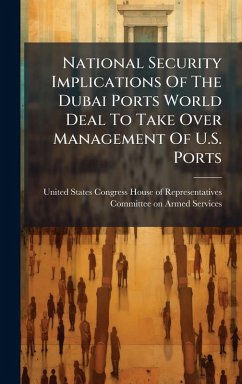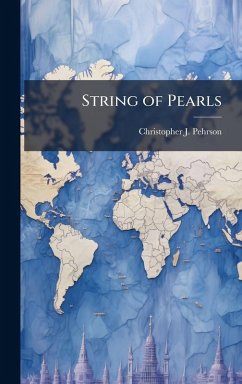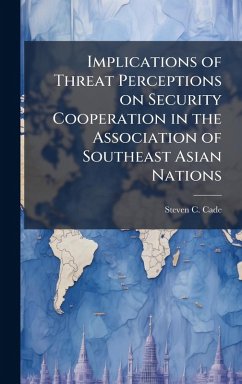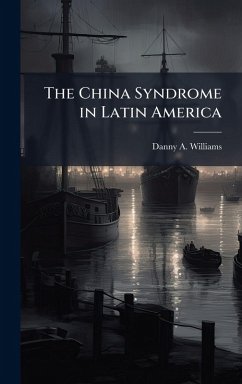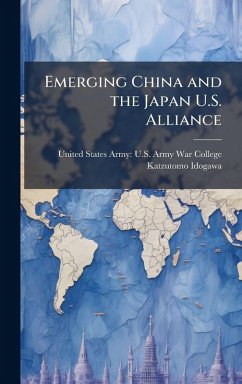
The Economic and Military Development of China and Its Implications on U.S. National Security
Versandkostenfrei!
Versandfertig in über 4 Wochen
26,99 €
inkl. MwSt.
Weitere Ausgaben:

PAYBACK Punkte
13 °P sammeln!
US, China, and Taiwan: the ties that bind The relationship of Republic of China (ROC), the People's Republic of China (PRC), and the United States exerts great influence around the globe. The growing political and military influence of China has grave implications for ROC and US security. Since China's acceptance to the UN in 1971 and the leaving of the UN body, ROC has gradually lost its diplomatic stands around the world. With China's growing influence around the globe, there are only 23 countries around the world that have formal diplomatic relationships with the ROC. In this area, a "statu...
US, China, and Taiwan: the ties that bind The relationship of Republic of China (ROC), the People's Republic of China (PRC), and the United States exerts great influence around the globe. The growing political and military influence of China has grave implications for ROC and US security. Since China's acceptance to the UN in 1971 and the leaving of the UN body, ROC has gradually lost its diplomatic stands around the world. With China's growing influence around the globe, there are only 23 countries around the world that have formal diplomatic relationships with the ROC. In this area, a "status-quo" status between China and ROC is unlikely. Both countries are trying to extend their influences and connections, and obviously, China is winning on the world stage. China has heavily invested in Africa, and some of the countries China has invested in have severed their diplomatic ties with the ROC. The economic ties between ROC, People's Republic of China, and the Unites States are stabilizing factors that can prevent conflict from occurring. As stated by Raymond F. DeVoe, Jr, "Economics is war pursued by other means." If the strong economic ties among the three countries remain, the chances of conflicts lessen. This work has been selected by scholars as being culturally important, and is part of the knowledge base of civilization as we know it. This work was reproduced from the original artifact, and remains as true to the original work as possible. Therefore, you will see the original copyright references, library stamps (as most of these works have been housed in our most important libraries around the world), and other notations in the work. This work is in the public domain in the United States of America, and possibly other nations. Within the United States, you may freely copy and distribute this work, as no entity (individual or corporate) has a copyright on the body of the work. As a reproduction of a historical artifact, this work may contain missing or blurred pages, poor pictures, errant marks, etc. Scholars believe, and we concur, that this work is important enough to be preserved, reproduced, and made generally available to the public. We appreciate your support of the preservation process, and thank you for being an important part of keeping this knowledge alive and relevant.



